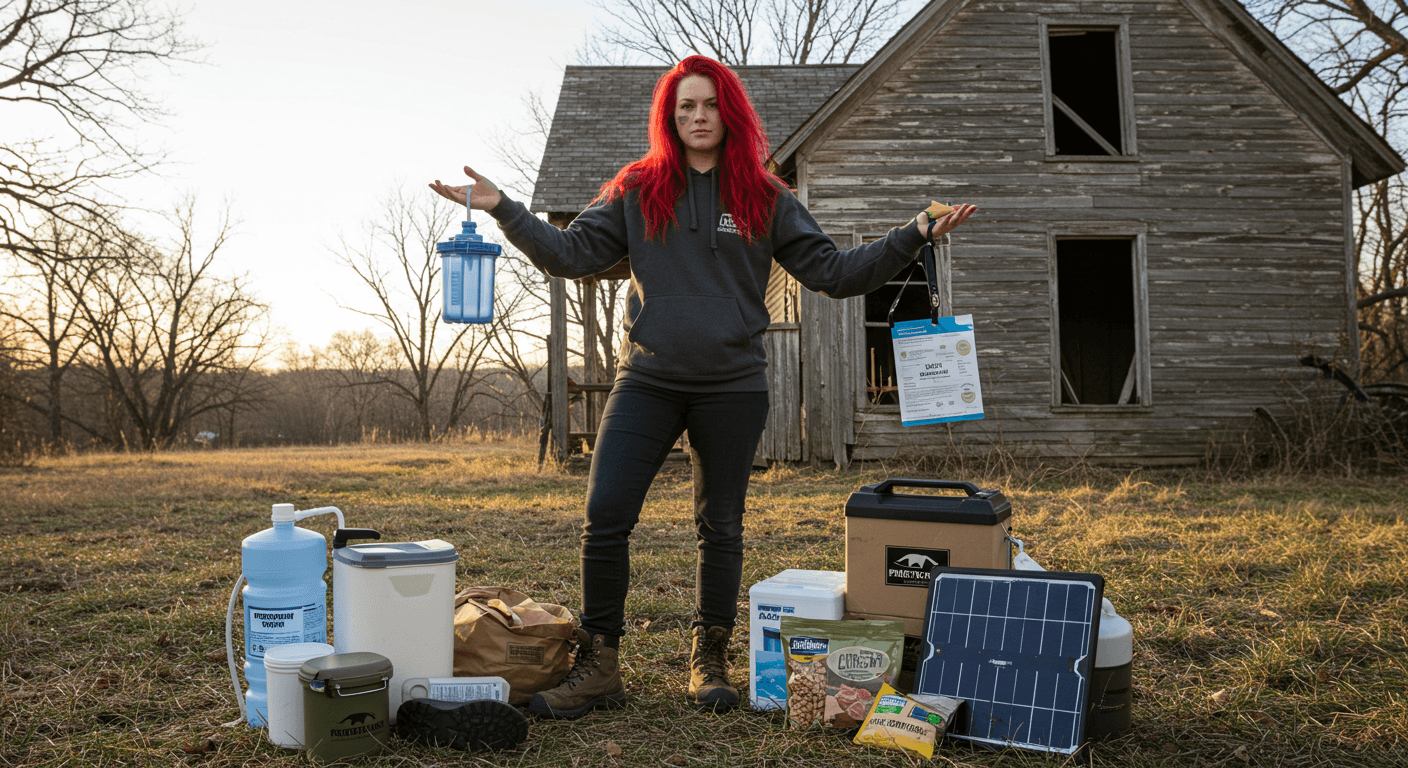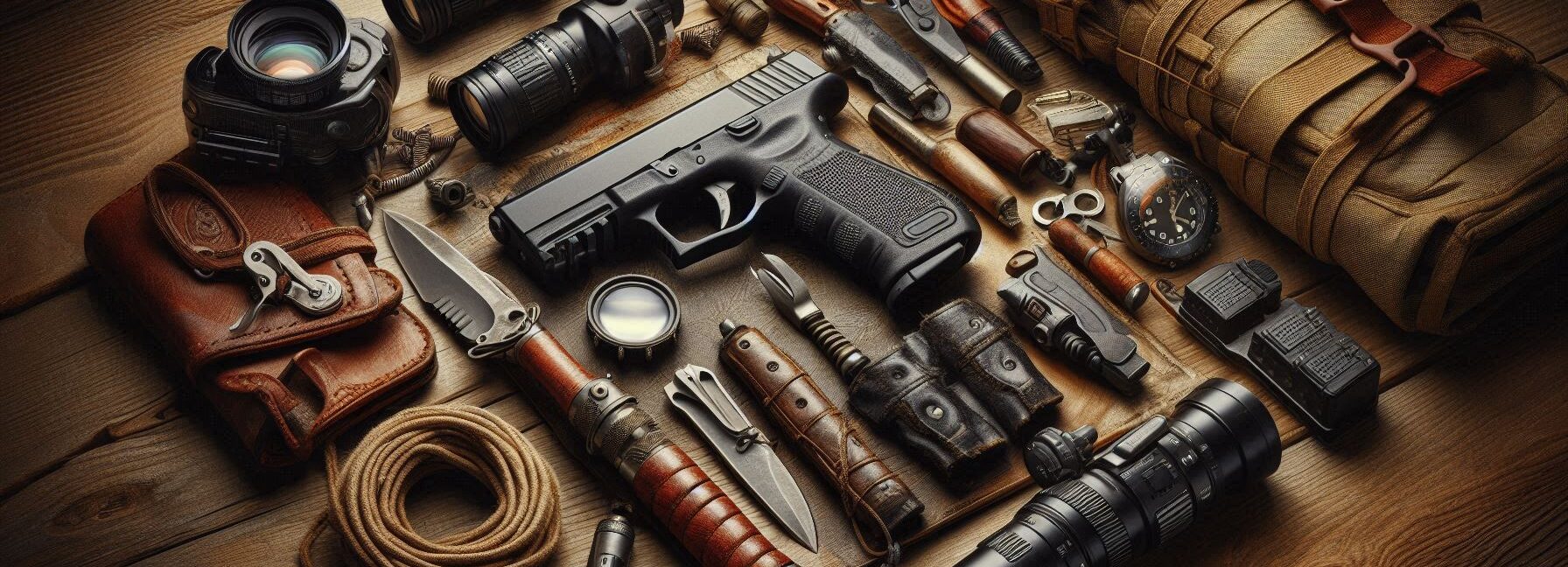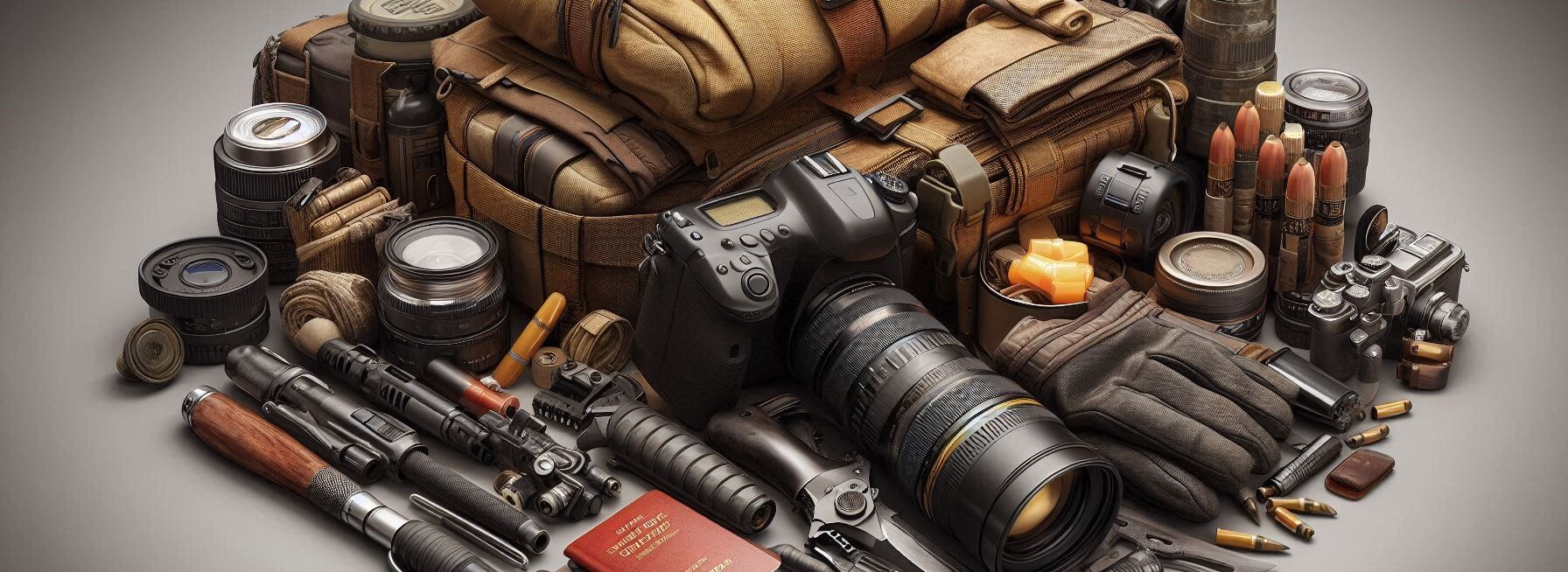Please Note: This post may contain affiliate links. If you click one of them, we may receive a commission at no extra cost to you. As an Amazon Associate, I earn from qualifying purchases.
Last Updated on November 1, 2025 by Kevin Collier
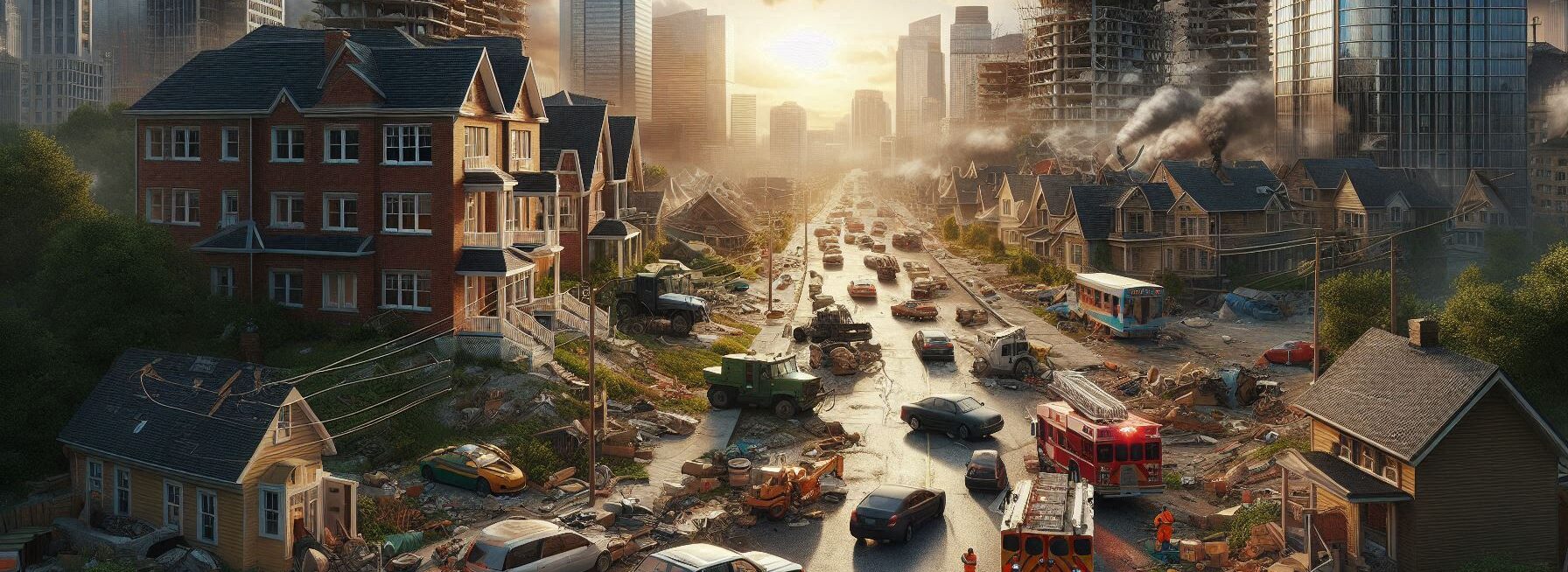
Top Takeaways and Key Concepts
Choose a bug-out location within reach and with multiple escape routes.
Map and rehearse alternate exit paths to avoid blocked roads or choke points.
Ensure your destination offers water access, shelter options, and resource refresh potential.
Keep your safe haven discreet and defensible to minimize detection and threats.
Communicate your plan clearly with trusted people and update your escape details regularly.
So, you've thought about how to get ready for the worst, huh? Like, a zombie apocalypse or your in-laws coming over without warning. That's a real thing, isn't it? Be ready for everything!
People say, “Plan for the worst, but hope for the best.” That's right. Planning is important. Let's talk about how to make a smart escape plan over a cup of coffee, but not like a star of a survival show.
It's kind of fun to find places to bug out. Picture a hidden treehouse or a home by the water. When things went chaotic, where would you go? Imagine being there, all by yourself. You can be sure you're safe.
It's really crucial to plan out escape routes. Imagine how James Bond would do it. Cars and gadgets that shine? Maybe not those, though. But you may plan out paths, like through farms or along your favorite trails. You'll know exactly where to go if a storm comes or something crazy happens.
Make it easy. You may help by making a short list. A flashlight, crackers, and water. Things that make you feel nice and safe. You want this plan to be simple and not intimidating.
And it's fine to chuckle a little too. It may sound serious to plan for the worst, but you can still have fun. Talk to your pals about your thoughts. Have fun with it! Who knows? You could even find it funny afterward.
So, do it. Think about how you would escape. Imagine the journey. You'll be ready for anything life throws at you, and you'll be happy about it!
Choosing Your Bug-Out Locations: The Great Escape
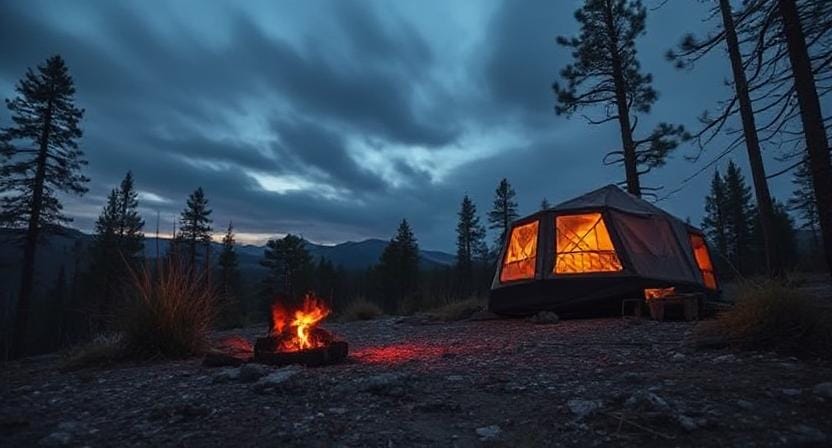
*** Shop for Survival Gear - Tools - Kits ***
Survival Gear - Bags and Backpacks - Knives - Boots/Footwear - Communication
Outdoor Cooking - Gloves - Hydration - Dry Boxes - Water Filtration Systems
Tents - Sleeping Bags - First Aid Kits - Multi-Tools - Flashlights - Fire Starters
Navigation - Survival Food - Night Vision - Headlamps - Stun Guns - Binoculars
First things first: when the fan starts blowing, where are you going? Choosing a bug-out place is like picking a vacation destination, except instead of relaxing by the pool with a drink, you're hoping not to be chased by rabid squirrels or worse.
Think on a few things first, such how far away it is from home, how easy it is to get to, and how safe it is. Your position should be far enough away that you can get away from any trouble, but close enough that you don't need to be a cartographer to find it.
Think about places like family cabins, friends' homes in the country, or even campgrounds (but don't tell other campers scary stories about how bad things are going to get).
Also, think about the resources that are available in nature! Is there a source of clean water nearby? If you need to, can you find some food? I once tried to eat wild berries while hiking, but my stomach didn't like my adventurous spirit.
Find places with a lot of trees (for cover) and streams or lakes nearby (for fishing). You want a place that feels more like heaven than hell.
GPS vs. Paper Maps: Which Is Better For Planning Your Escape Routes?
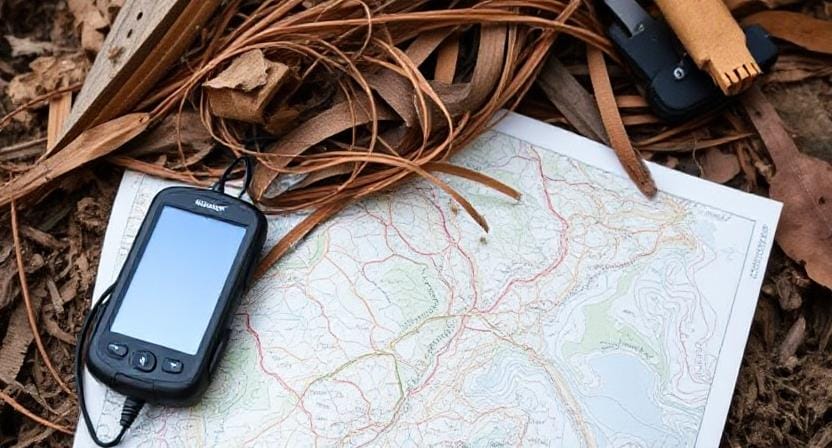
Once you've picked out some possible bug-out places, you need to figure out how to get there without being stuck in traffic like a human traffic cone. This is when you need to plan your escape routes.
You could assume GPS is always right, but remember that technology can be strange! If things go wrong and satellites start falling from the sky like big shooting stars, possessing some good old-fashioned paper maps could save your life.
I mean, who doesn't love opening up a huge map and trying to read tiny print in low light? It's almost like an Olympic sport!
When making plans for your journey, think about more than one option. Sometimes life throws you curveballs, such barriers caused by disasters or those annoying construction zones that seem to want to ruin your day.
Find main roads and backroads that could be used as alternate routes when everyone else decides to leave town at the same time.
And speaking of that, don't forget about how traffic flows! If everyone suddenly decides to run for the same exit on the highway, good luck getting anywhere quickly! Look for less popular routes where people won't be blocking every inch of the road.
Rehearsal Dinner for Practicing Your Escape Plan
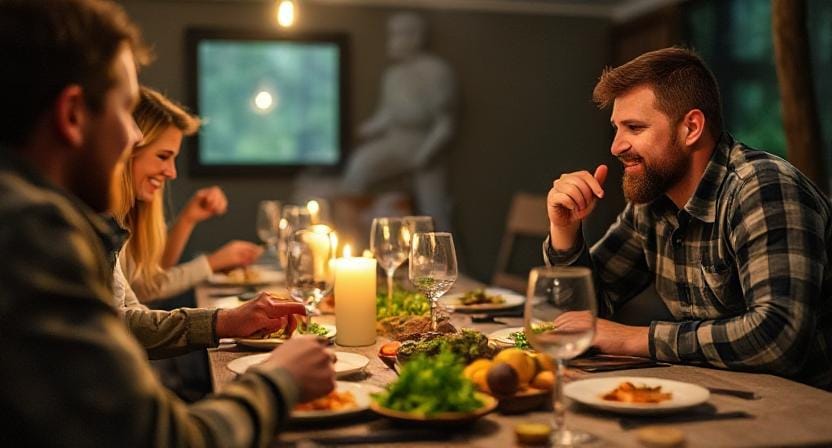
It's time to practice now that you've picked your locations and figured out how to get out of them. This is one of my favorite parts! Yes, it's like practicing for a Broadway musical without all the flash and flash.
Get your family (or anybody else will be going on this big adventure) together and practice. Pack your things and measure how long it takes you to get to each bug-out place in different situations, such during rush hour or after watching too many episodes of *Survivor*.
You can trust me: nothing tests a relationship like finding out that someone forgot their backpack full of goodies!
When you practice, take attention to what works and what doesn't. Are some routes easier than others? Did anyone say anything about having to go uphill both ways in sandals? Make the changes you need to make before dealing with real-life situations, because trust me, no one wants drama when they're trying to stay alive!
Also, keep an eye out for any changes along the road; new building sites can change everything in a matter of hours. Having up-to-date maps on hand will help you avoid any surprises when you're racing against the clock.
Get Ready: What Should Be in Your Bug-Out Bag?
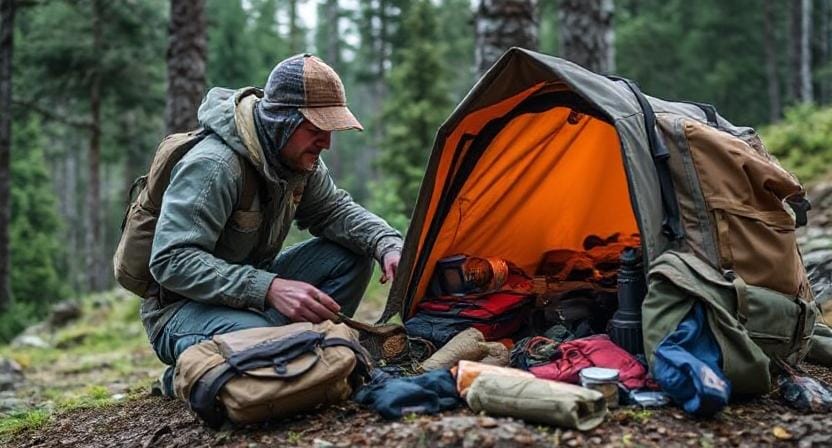
Okay, everyone, let's talk about gear—the things you'll need to have on hand when you need to get away from civilization faster than someone running from their ex at a reunion party! Having a bug-out bag that is well-stocked can make a big difference between being ready and freaking out about not having what you need.
Start with the basics: water purification tablets (no one wants giardia), non-perishable food (think granola bars instead of fancy meals), first-aid kits (for those accidents that will happen), flashlights with extra batteries (because it gets dark), and strong shoes (believe me).
Don't forget about your personal things! Spare clothing are fantastic unless you like wearing the same shirt you wore yesterday while hiding from zombies or, even worse, your in-laws again! Put critical papers in waterproof bags so they stay protected no matter what occurs.
And to be honest? Don't forget to have fun, too! A deck of cards or some books can help you stay happy while you wait for whatever disaster brought you here in the first place to pass.
Keep Up with What's Going On: Communication Is Key
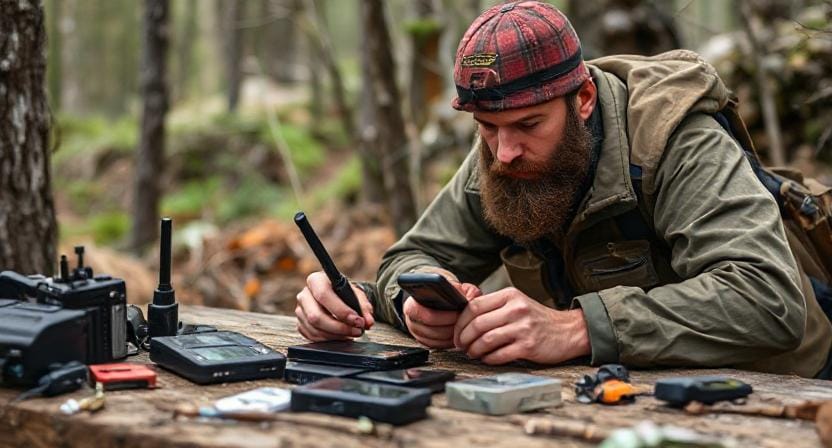
In today's environment, when notifications are louder than angry bees at a picnic table full of soda cans, it's important to not only have preparations but also know what's going on around you in case of an emergency.
Think about getting two-way radios so that everyone can stay in touch even when cell towers stop working faster than I can keep my New Year's resolutions. These gadgets can keep family members in touch with each other while also giving them information about what's going on in the area.
Also, and this is intriguing, you could desire emergency alert apps that are only available on smartphones. They will let consumers know about severe weather alerts and other important information that is vital during crises since being informed helps people make better choices.
But all things considered… Don't depend on technology alone; always have backup plans in case something goes wrong!
Last Thoughts: Get Ready Like You Mean It!
As we wrap up this enjoyable talk on preparing bug-out spots and escape routes, remember that it's all about being ready and having a good time. Life can be full of surprises, can't it? So, it's smart to plan ahead.
It's kind of fun to look for such safe locations, like your uncle's cottage or a large oak. Think about getting away to your secret hideout. Doesn't that sound nice? And what about making those maps? It can feel like you're looking for treasure.
It's good when getting ready isn't all business. A funny story about being lost in a grocery shop can make things better. Or when you think of the awful pizza you had last week. That was something else! Everyone makes dumb mistakes. That's OK.
Being ready implies more than just getting by. It's about doing well. Life is even better when you know you can manage whatever comes next. You can grin, even when things are hard.
So, get your pieces of paper, write down your intentions, and have fun. Look at it as an adventure. With a smile on your face, you'll be ready for anything. You can do this; life is a journey.
Frequently Asked Questions
How far away should a bug-out location be?
It should be far enough to escape danger zones but close enough to reach quickly without major delays.
Why should multiple escape routes be planned?
Roads can become blocked or congested, so alternates increase your chances of reaching safety fast.
What natural resources should a bug-out location have?
Prioritize access to water, basic shelter options, wood fuel, and nearby food sources for resupply potential.
How often should escape route plans be updated?
Update your routes and destination details regularly, especially when road construction or hazards change terrain.
Should a bug-out destination be shared with everyone?
No. Only share with trusted individuals to avoid detection risks and overcrowding at your safe haven.
Why rehearse the bug-out plan in advance?
Practice reveals time requirements, weak points, forgotten gear, and helps reduce panic during real emergencies.
Is GPS enough for route navigation?
No. GPS can fail. Always have paper maps and marked alternates in case technology becomes unreliable.
Suggested Resources:
Bug Out Location Planning
https://www.theprepared.com/blog/bug-out-location-planning/
Emergency Preparedness Guide
https://www.ready.gov/emergency-preparedness-guide
How To Create an Emergency Plan
https://www.redcross.org/get-help/how-to-prepare-for-emergencies.html

Kevin Collier is a seasoned survivalist and expert in prepping and homesteading, contributing to WiseSurvive.com. With a deep-rooted passion for self-sufficiency and outdoor survival skills, Kevin shares practical advice, strategies, and resources to help individuals prepare for any challenge. His informative articles cover a range of topics, from essential survival techniques to sustainable living practices, empowering readers to thrive in any situation. Whether you're a novice or a seasoned prepper, Kevin's insights will inspire you to take charge of your readiness and build resilience for the future.

